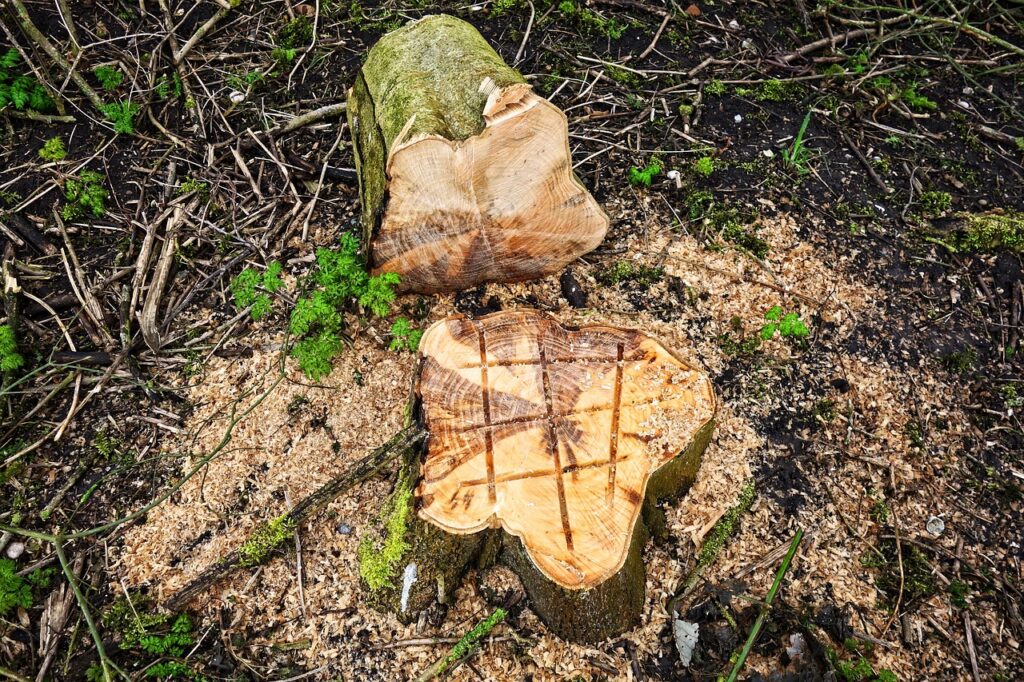To Share is to Show You Care!
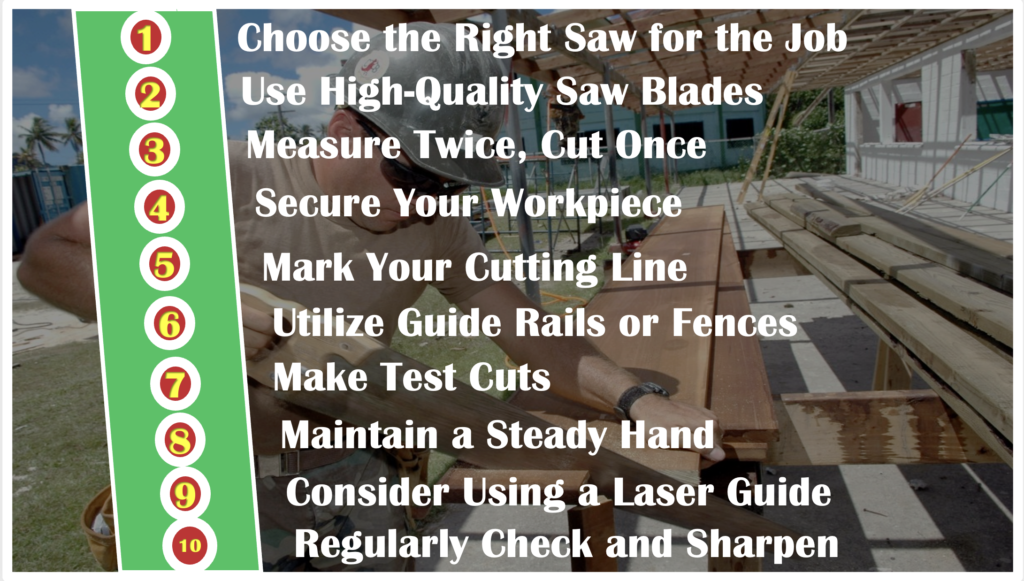
When it comes to DIY projects, achieving precise saw cuts is crucial for successful and professional-looking results. However, inaccurate cuts can be frustrating and undermine the quality of your projects. But fear not! In this comprehensive guide, we will reveal the best hacks and techniques that will ensure perfectly accurate saw cuts every time. Get ready to revolutionize your DIY game and unleash your creativity!
1. Choose the Right Saw for the Job
Choosing the appropriate saw for your project is the first step towards achieving accurate cuts. Different saw types are designed for specific cutting tasks. Here are a few popular options:
a] Circular Saws: Ideal for making straight cuts through various materials, including wood, plastic, and metal.
b] Miter Saws: Perfect for making angled cuts, such as miters and bevels. They are commonly used in woodworking and trim work.
c] Table Saws: A versatile option for making precise cuts on larger workpieces. They excel at straight and rip cuts.
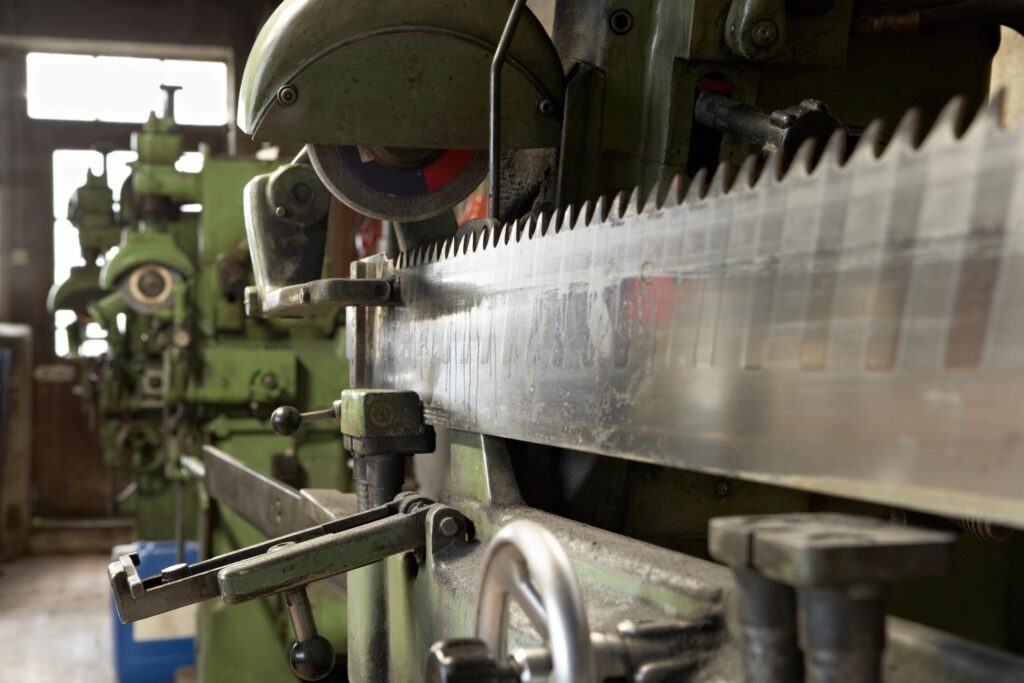
2. Use High-Quality Saw Blades
Investing in sharp and high-quality saw blades is crucial for achieving accurate cuts. Consider the following tips:
a] Material Compatibility: Choose blades specifically designed for the material you’ll be cutting. Different materials require different blade types, such as carbide-tipped blades for hardwood or metal-cutting blades for metal.
b] Tooth Count: Blades with more teeth provide finer, smoother cuts, while blades with fewer teeth are better suited for faster, rougher cuts.
c] Blade Sharpness: Regularly inspect and sharpen your blades or replace them when they become dull. Dull blades can lead to inaccurate cuts and splintering.

3. Measure Twice, Cut Once
Accurate measurements are essential for achieving precise cuts. Follow these guidelines:
a] Use a Reliable Measuring Tool: Invest in a good-quality tape measure or ruler that provides accurate measurements.
b] Double-Check: Before making any cuts, measure twice to ensure consistency and accuracy. Mark Your
c] Measurements: Clearly mark the cutting line on your material using a pencil or a marking knife. This will serve as a guide throughout the cutting process.
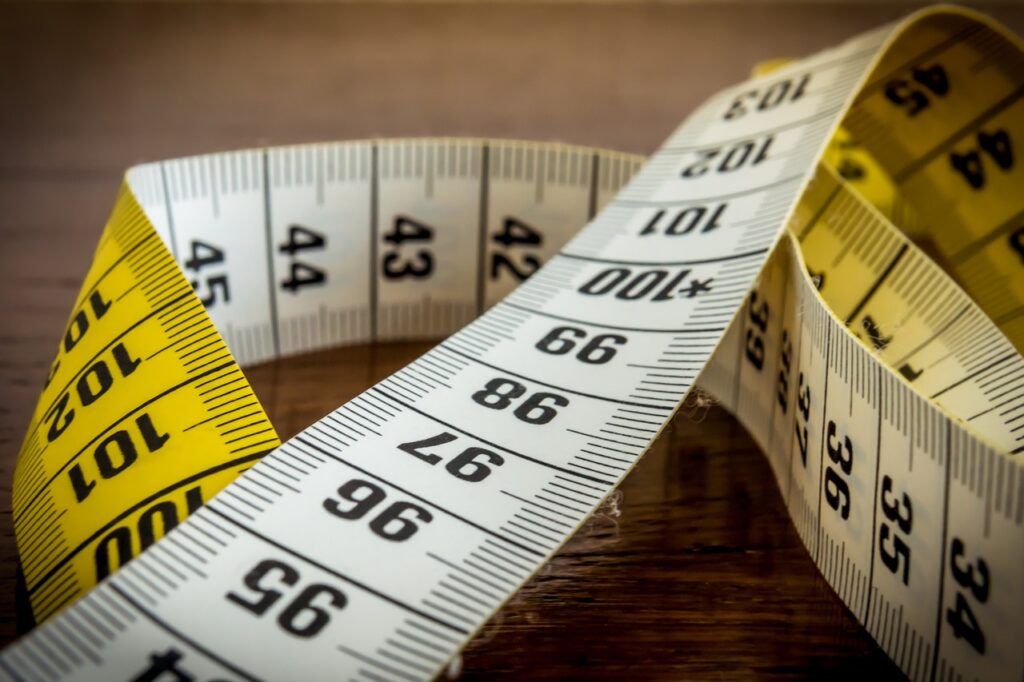
4. Secure Your Workpiece
Properly securing your workpiece is crucial to prevent movement or vibrations during the cutting process. Consider the following options:
a] Clamps: Use clamps to hold your workpiece securely in place on a workbench or sawhorse.
b] Vices: If working on a smaller piece, a vice can provide a stable and secure grip.
c] Workbench Dogs: Workbench dogs are pegs that fit into holes on a workbench, providing a solid anchor for your workpiece.
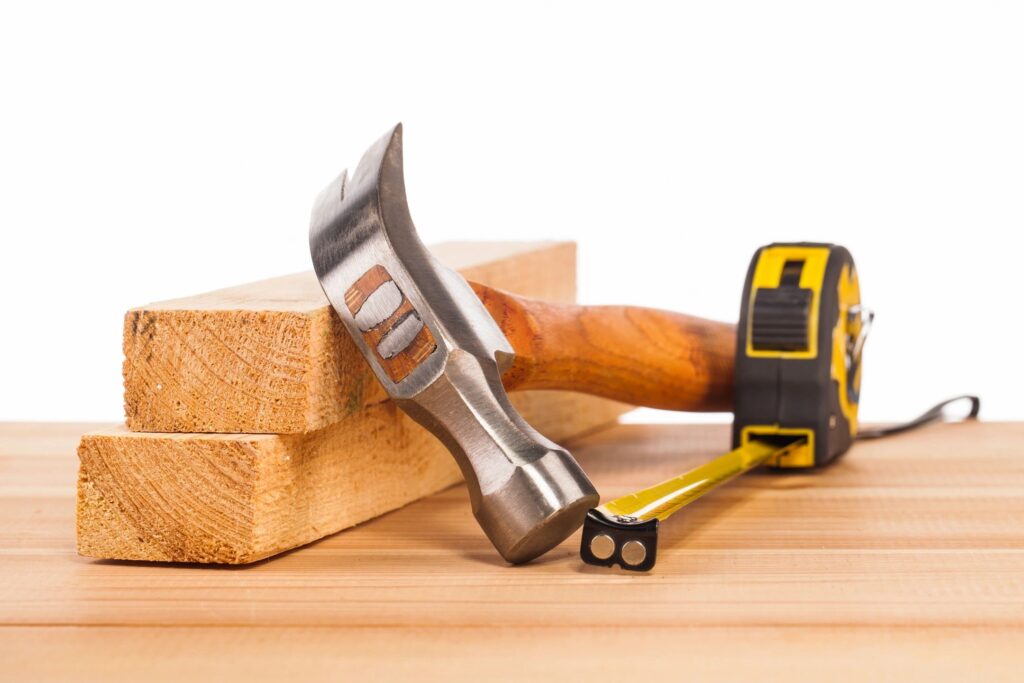
5. Mark your cutting lane
Clear and precise markings ensure accuracy when cutting. Follow these steps:
a] Use a Pencil: Mark your cutting line on the material using a pencil. A sharp or mechanical pencil can help create precise lines.
b] Marking Knife: For even more accuracy, consider using a marking knife to score the cutting line. This creates a visible groove that guides the saw blade.
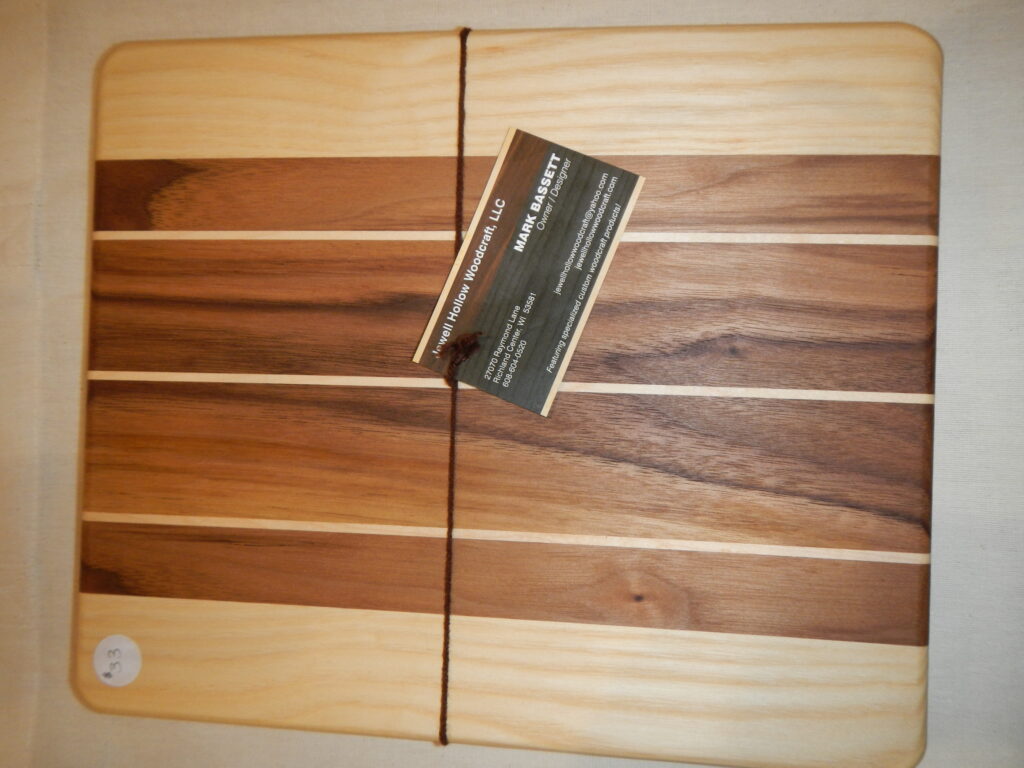
6. Utilize Guide Rails or Fences
Guide rails or fences help maintain a straight and steady cutting path, ensuring accuracy and consistency. Here’s how to use them effectively:
a] Guide Rails: Attach a guide rail to your saw to create a straight cutting line. The saw glides along the rail, eliminating the need for manual guidance.
b] Fences: Table saws often have built-in fences that act as guides. Ensure the fence is properly aligned parallel to the blade for accurate cuts.
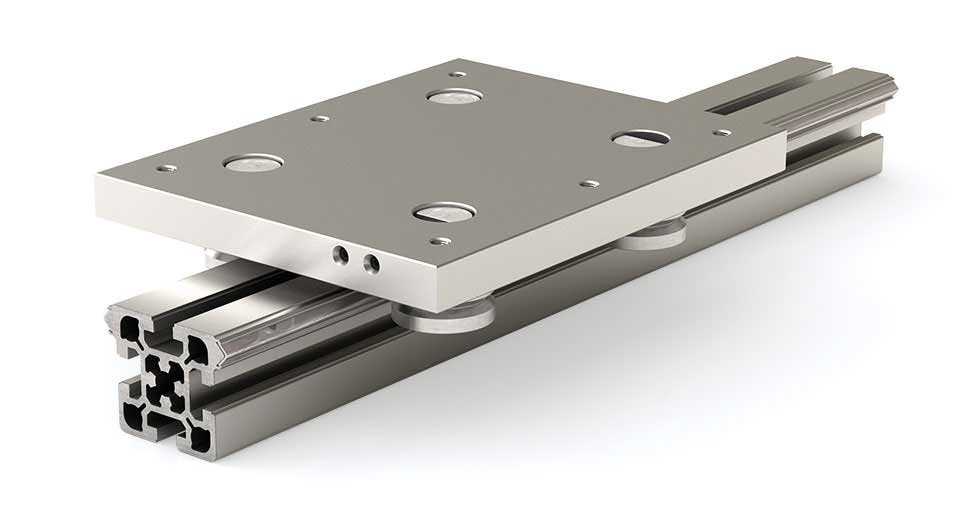
7. Make Test Cuts
Before cutting into your actual workpiece, it’s always a good idea to make test cuts on scrap material. This allows you to refine your technique and make any necessary adjustments. Consider the following:
a] Similar Material: Use scrap material similar to what you’ll be cutting for your project.
b] Fine-Tuning: Evaluate the test cut for accuracy and adjust your technique or settings as needed.
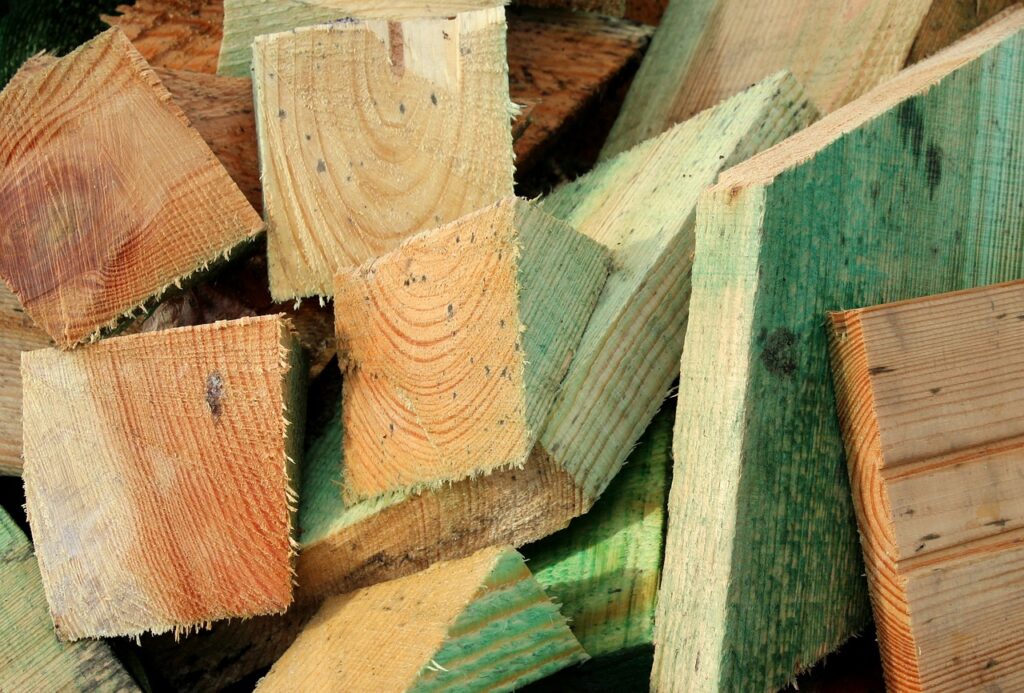
8. Maintain a Steady Hand and Controlled Pace
Maintaining a steady hand and controlled cutting pace is essential for accuracy. Follow these guidelines:
a] Firm Grip: Hold the saw firmly with both hands, positioning your hands comfortably and securely on the handles.
b] Smooth Motion: Apply steady, even pressure as you guide the saw through the material. Avoid jerky or erratic movements that can lead to uneven cuts.
c] Controlled Speed: Maintain a consistent cutting speed, neither rushing nor going too slow. Find a comfortable pace that allows you to maintain control over the saw.
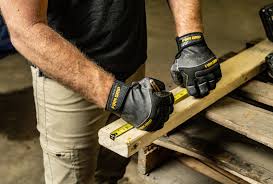
9. Consider Using a Laser Guide
Laser guides provide a visual aid, projecting a cutting line onto the material. This can be especially helpful for straight cuts. Consider the following:
a] Compatibility: Check if your saw model supports laser guide attachments.
b] Installation: Follow the manufacturer’s instructions to properly install and align the laser guide.
c] Precision: Use the laser guide as a reference for guiding your saw along the cutting line.
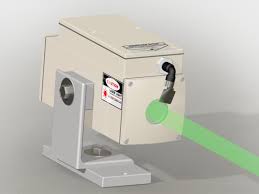
10. Regularly Check and Sharpen Your Saw Blades
Blunt or dull blades can lead to inaccurate cuts. Maintain optimal cutting performance by:
a] Inspection: Regularly inspect your saw blades for signs of wear, damage, or dullness.
b] Sharpening: Sharpen your blades using appropriate sharpening tools or consider professional blade sharpening services.
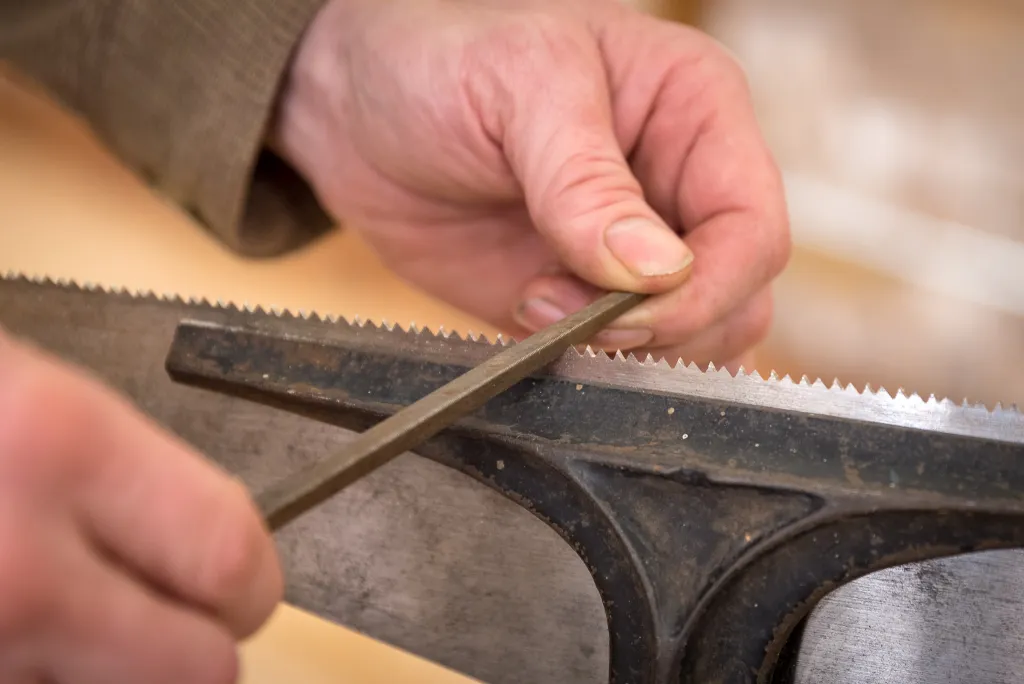
Conclusion:
With the implementation of these invaluable hacks and techniques, achieving perfectly accurate saw cuts in DIY projects is well within your reach. By selecting the right saw, using high-quality blades, ensuring accurate measurements, securing your workpiece, marking your cutting line, utilizing guide rails or fences, making test cuts, maintaining a steady hand and pace, considering laser guides, and regularly checking and sharpening your blades, you’ll elevate the quality of your projects and enjoy flawlessly precise saw cuts. So don’t wait! Start implementing these tips today and experience the satisfaction of professional-grade results. Remember, number 6 will shock you!
Frequently Asked Questions:
Q1: How do you make a saw cut accurate?
A: To make a saw cut accurate, ensure you choose the right saw for the job, use high-quality saw blades, measure twice before cutting, secure your workpiece, mark your cutting line precisely, and maintain a steady hand and controlled pace while cutting.
Q2: How do you cut wood more accurately?
A: To cut wood more accurately, use a sharp and appropriate saw, mark the cutting line clearly, secure the wood firmly, use a guide or fence for straight cuts, make test cuts for fine-tuning, and maintain a steady hand and controlled cutting speed.
Q4: How do you get an accurate cut with a circular saw?
A: To get an accurate cut with a circular saw, ensure the blade is sharp and suitable for the material, use a guide or fence to maintain a straight cutting line, secure the workpiece, maintain a steady hand and controlled pace, and make sure the blade is properly aligned with the cutting line.
Q4: How do you get precise cuts with a miter saw?
A: To get precise cuts with a miter saw, use a sharp blade suitable for the material, accurately measure and mark the cutting angle, securely clamp the workpiece, align the cutting line with the blade, and make controlled and steady cuts.
Q5: How do you cut precisely with a JigSaw?
A: To cut precisely with a jigsaw, use a fine-toothed blade suitable for the material, mark the cutting line clearly, secure the workpiece, maintain a steady hand and controlled movement, and follow the marked line while cutting.
Q6: How do you make an accurate cut without a table saw?
A: To make an accurate cut without a table saw, you can use alternative tools such as a circular saw with a guide, a miter saw, a jigsaw with a straightedge guide, or a handsaw with a miter box to ensure accurate cuts.
Q7: What tool do you use to precisely cut wood?
A: The tools commonly used to precisely cut wood include table saws, miter saws, circular saws, jigsaws, and handsaws with miter boxes or guides. The choice of tool depends on the specific cut and requirements.
Q8: How do you cut precise curves in wood?
A: To cut precise curves in wood, use a jigsaw or a band saw with a fine-toothed blade, mark the curve accurately on the wood, securely clamp the workpiece, and make controlled and steady cuts following the marked curve.
Q9: How do you precisely cut thin wood?
A: To precisely cut thin wood, use a sharp utility knife, scoring the wood along the cut line multiple times. Then, carefully snap the wood along the scored line to achieve a clean and precise cut.
Q10: What is the best saw for accurate cutting?
A: The best saw for accurate cutting depends on the specific task. Table saws are known for their precision and versatility, while miter saws excel at making angled cuts with accuracy. Circular saws and jigsaws can also achieve accurate cuts when used with appropriate blades and guides.
Q11: How to make a perfectly straight cut in wood with a circular saw?
A: To make a perfectly straight cut in wood with a circular saw, use a guide or a straightedge clamped to the wood as a cutting guide. Ensure the saw’s base plate is properly aligned with the guide, and make a steady, controlled cut along the marked line.
Q12: Should the blade be deeper than the lumber on a circular saw?
A: The blade on a circular saw should be set to a depth slightly deeper than the lumber being cut. The general rule of thumb is to set the blade depth approximately 1/4 inch deeper than the thickness of the material to be cut.
Q13: How do you make bevel cuts accurate?
A: To make accurate bevel cuts, adjust the bevel angle on the saw to the desired angle, secure the workpiece properly, align the cutting line with the blade, and make controlled and precise cuts while maintaining a steady hand.
Q14: What cut should never be attempted on a miter saw?
A: A rip cut, which involves cutting along the length of the wood parallel to the grain, should never be attempted on a miter saw. Miter saws are designed for crosscuts, miter cuts, and bevel cuts, not for ripping boards.
Q15: Why are my 45-degree cuts not lining up?
A: There could be several reasons why 45-degree cuts are not lining up. Some possible causes include inaccurate measurement or marking, misalignment of the saw or the workpiece, inconsistent cutting technique, or a dull blade. Double-check your measurements, ensure proper alignment, and make sure you’re using a sharp blade for clean and accurate cuts.
The Informed Minds
I'm Vijay Kumar, a consultant with 20+ years of experience specializing in Home, Lifestyle, and Technology. From DIY and Home Improvement to Interior Design and Personal Finance, I've worked with diverse clients, offering tailored solutions to their needs. Through this blog, I share my expertise, providing valuable insights and practical advice for free. Together, let's make our homes better and embrace the latest in lifestyle and technology for a brighter future.

